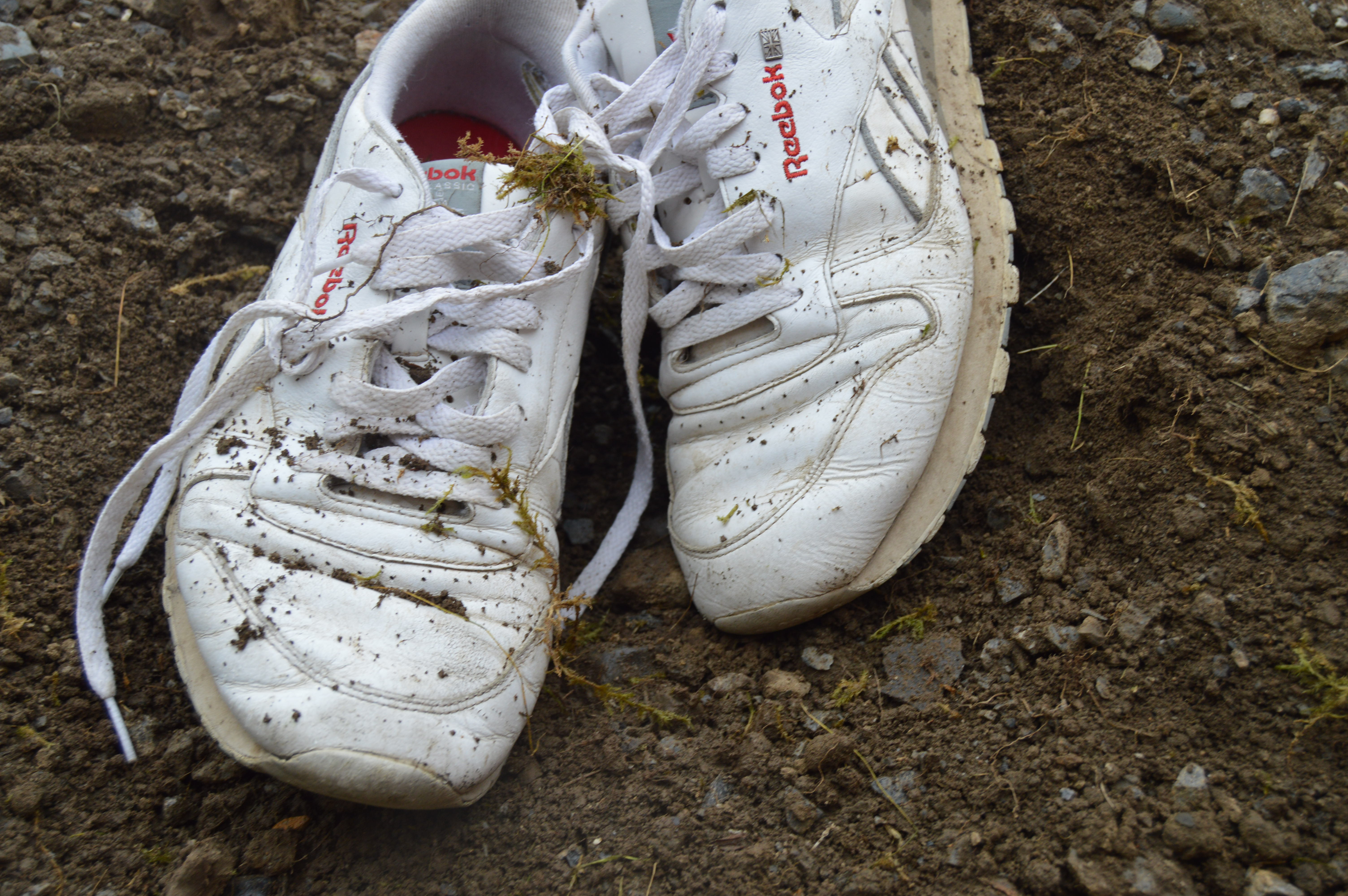
Each thwack on the pavement brings the academic year a step closer, with the holidays fading away. Thwack, thwack. Another day crossed off the calendar, another day less to get back into shape. Thwack. Soon surrounded by classmates in a cold lecture hall. Thwack. The first essays of the year. Thwack. Reading week comes and goes, without accomplishing half of what I’ve promised I’d do. Thwack. Christmas. Thwack. Summer. Thwack. A year… Thwack.
I’m getting ahead of myself, and I know it. I relax, breathe out and try to steady my pace. I started long distance running three years ago, having suffered a childhood terrified of sports and hating PE class. Running promised fitness, and demanded little in return. I could go at my own pace, needed no equipment and wouldn’t have teammates relying on me. All it asked was that I persist for my allotted time and committed myself to regular training. This seemed a reasonable swap for health and weight loss.
What’s more, I found it gave me the chance I needed to think. Rather than worrying about all I should be doing, it was a bubble where I was occupied but mentally unchallenged. I was free to roam my own thoughts and concerns, but under no pressure to address them. I was committed to running my thirty minutes and, until then, I couldn’t revise or study. Relationship problems didn’t exist. I was unable to worry. Throughout my Leaving Cert and beyond, it offered an escape from the world and replaced it with the steady rhythm of my own footfalls.
Injury
As time went on, however, they took on a different meaning. The need to run farther and faster added pressure to the pace. As it drove me harder, I first took this as a good thing and relished the shorter times. The escape had become a cage though and as my first 15K race drew nearer, I trained rigorously and obsessed over my performance. While I finished 4th, I also managed to fall and injure my knee. Instead of letting it recover, I soon went back to training. Gritting my teeth through the pain, I couldn’t fathom taking a break to heal. If I did, my worries would come back and they would be compounded by the fact that I had the additional concern of my declining fitness.
As the months grew colder and wetter, the pain in my knee went from an occasional twinge to constant irritation. I was faced with the reality that not only would I have to stop training, but would have to now look for physiotherapy to fix my almost constant limp. Getting about on crutches for Christmas felt like the ultimate humiliation on top of my inability to run.
What had started as a way of releasing stress had transformed into a compulsive need to escape through improvement. Hobbling around, I realised that my default reaction to stress had been running. Like an addict, I’d found a denial of reality. With my temporary handicap, I was forced to learn other ways to address worry. To breathe and fix problems.
The Demon Remains
And yet, running remained fetishized in my head. I dreamed of returning to training, of shedding those few extra pounds, and of “getting back into shape”. Constantly, I constructed a narrative of what would happen once I regained my mobility, once I became “fit” again, once I had the time, energy and ability to achieve. Eventually, with physiotherapy and patience, I was able to slowly return — with haste and eagerness setting me back more than a few weeks.
Setting out again, each run felt like an insult. Every milestone reached reminded me of where I should have been without the fall. Most of all, it felt like I was racing against time to achieve. To reach the finish line, wherever that lay. I was constantly discontented with where I was and would run farther and faster to try and reach it sooner. Rather than dissipate my worries, running began to embody them. No longer a form of catharsis, it would only bottle and release them, aggravated and discontented with the results they had been postponed for.
What to do but run, though? What choice did I have and what choice do I have? Sometimes bounding, more often hobbling, into the present, I still indulge in the same behaviour. I recognise it as destructive and yet seems it healthier than alternatives. Like a socially-encouraged form of self-harm, it promises a quick-fix for wrongdoings. Embarrassed by that insensitive thing you said? Worried about how big your lunch was? Here’s your answer. Each thwack of the pavement a slap on the wrist, a form of repentance.
My relationship with running has always been a complicated one.In his essay on running, Haruki Murakami quotes Somerset Maugham explaining that “in each shave lies a philosophy”. The action matters less than the way we carry it out. It isn’t running that is the issue, but my way of approaching it. There is nothing destructive in my footfalls, only in the thwack that rings in my ears afterwards. I recognise that running isn’t an unhealthy action. I think it is a brilliant combination of cardiovascular exercise, a form of contemplation and a time to be alone. It is what you make of it and, as I steady my pace, and run on, I can only try wrest back the good bits and leave behind the falls of the past.






